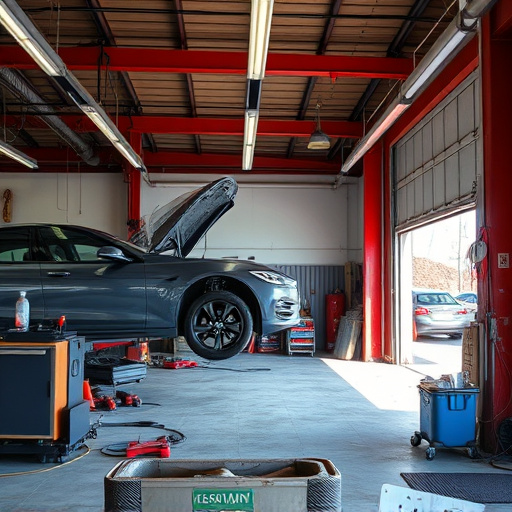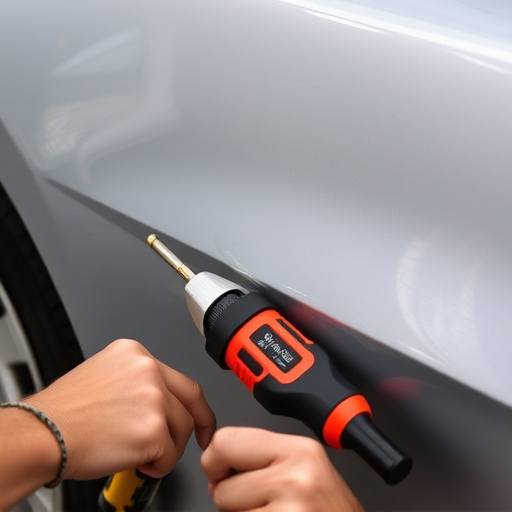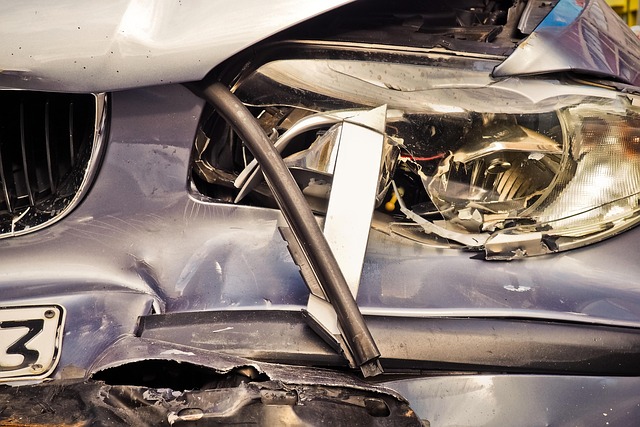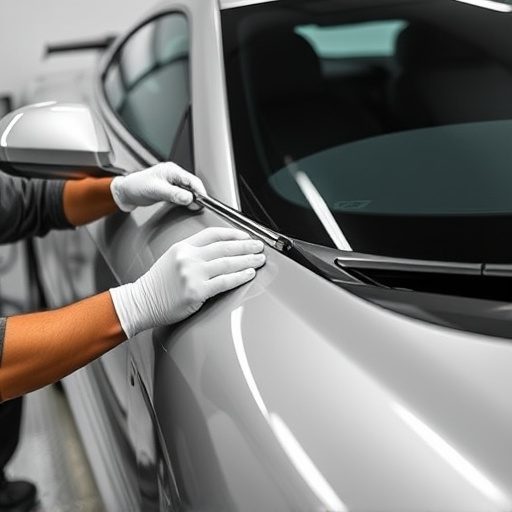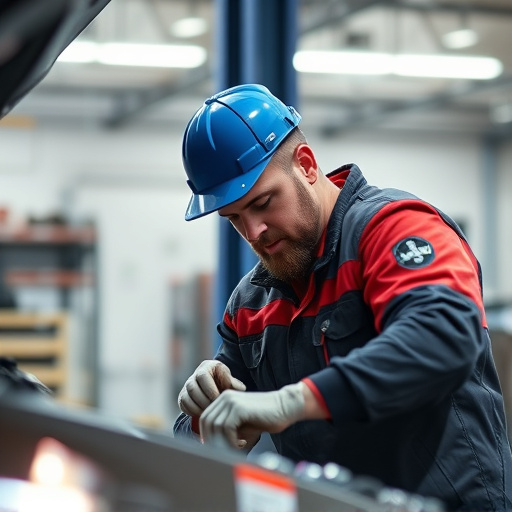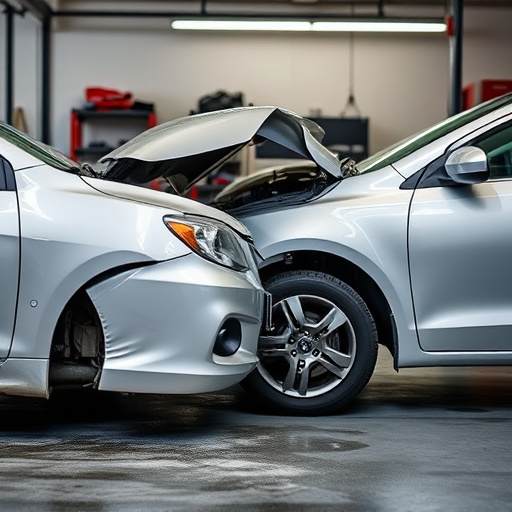Evaluating and repairing pedestrian safety features is a crucial step to ensure secure public areas. This involves inspecting infrastructure, identifying risks, and implementing tailored solutions based on pedestrian flow patterns. Robust testing protocols using industry-approved methods and advanced technologies validate the effectiveness of repairs. Documenting the entire process transparently builds trust with stakeholders and fosters collaboration in enhancing public spaces. Keyword: pedestrian safety features repair
“Ensuring robust pedestrian safety is paramount in urban planning. This article guides you through a meticulous approach to validate repairs of pedestrian safety features, such as crosswalks, traffic signals, and signage. We explore the critical steps: assessing the repair scope, implementing rigorous testing protocols for accurate results, and documenting the entire process transparently. By following these steps, cities can confidently enhance pedestrian security, fostering safer walking environments.”
- Assessing the Scope of Pedestrian Safety Features Repair
- Implementing Effective Testing Protocols for Validated Results
- Documenting and Communicating Repair Efficiency and Effectiveness
Assessing the Scope of Pedestrian Safety Features Repair

Evaluating the extent of pedestrian safety features repair is a crucial initial step in ensuring any given area’s overall security. This involves meticulously examining all relevant infrastructure, such as crosswalks, traffic signals, and sidewalk conditions, to identify both immediate and potential future needs. By assessing the current state and understanding the patterns of pedestrian flow, you can tailor solutions that address specific risks, enhancing safety for everyone on the roads.
A comprehensive inspection should consider various factors like vehicle body repair requirements, as damage to safety features like guardrails or traffic barriers may necessitate auto body services. Collisions or wear-and-tear can impact these critical components, highlighting the need for a reliable collision repair center to ensure they remain effective in directing foot traffic and mitigating risks.
Implementing Effective Testing Protocols for Validated Results

Implementing Effective Testing Protocols for Validated Results
To ensure the effectiveness of pedestrian safety features repair, establishing robust testing protocols is paramount. These protocols should encompass a comprehensive range of tests that mimic real-world scenarios to validate the repair’s integrity and longevity. This includes both functional and structural assessments, such as impact resistance tests, load simulations, and visual inspections. By subjecting repaired components to these rigorous evaluations, auto repair shops, especially those specializing in Mercedes Benz repairs, can guarantee that pedestrian safety standards are met or exceeded.
A crucial aspect of successful testing is standardization and consistency. Utilizing industry-approved methods and equipment ensures that results are reliable and comparable across different repair facilities. Moreover, integrating advanced technologies like computer-aided engineering simulations can enhance test accuracy and efficiency. These protocols not only ensure the safety of pedestrians but also foster trust among customers seeking car paint services or general auto repairs, knowing their vehicles are in capable hands.
Documenting and Communicating Repair Efficiency and Effectiveness

After completing repairs on pedestrian safety features, documenting and communicating the efficiency and effectiveness of the work is crucial. This involves recording detailed information about each repair, including the extent of damage, materials used, time taken, and costs incurred. Creating a comprehensive report that outlines these aspects ensures transparency and serves as a valuable reference for future maintenance or insurance claims. Additionally, sharing this documentation with relevant stakeholders, such as city authorities or local residents’ associations, fosters trust and demonstrates a commitment to maintaining high standards of pedestrian safety.
Effective communication is key to ensuring the success of any repair project. It’s essential to use clear and concise language when documenting and discussing repairs, especially when dealing with non-technical audiences. Providing visual aids, such as before-and-after photographs or diagrams, can significantly enhance comprehension. Moreover, offering regular updates through newsletters, social media posts, or community meetings keeps everyone informed about progress, challenges, and achievements related to the pedestrian safety features repair, fostering a collaborative environment focused on enhancing public spaces.
Validating repairs to pedestrian safety features is a multifaceted process that requires careful assessment, rigorous testing, and clear communication. By assessing the scope of the repair, implementing robust testing protocols, and documenting results effectively, we can ensure that fixes are not only efficient but also genuinely enhance pedestrian safety. This comprehensive approach, focused on the key aspects outlined above, is essential for maintaining safe public spaces.



